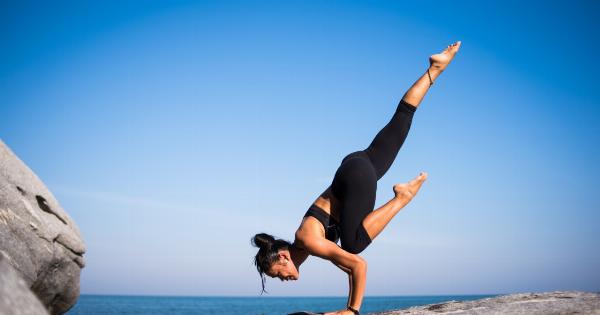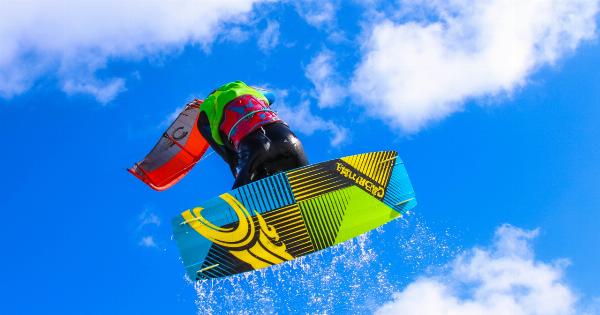Many individuals prefer exercising in the evening due to various reasons such as work schedules or personal preferences. Evening running and walking can be a great way to unwind after a long day and improve fitness levels.
However, there are several factors that need to be taken into consideration to ensure safety and maximize results. In this article, we will explore the top considerations for evening running and walking.
1. Visibility
Visibility is crucial when engaging in outdoor activities, especially during the evening. It is important to make yourself visible to motorists and other pedestrians. Here are some tips:.
- Wear reflective clothing or accessories that reflect light.
- Choose brightly colored clothing to enhance visibility.
- Carry a flashlight or wear a headlamp to illuminate your path.
2. Routes with Adequate Lighting
Opt for routes that have proper lighting or are well-lit by streetlights. This will help you navigate your path safely and avoid tripping or stumbling over obstacles.
Familiarize yourself with well-lit areas in your vicinity or consider running or walking in well-lit parks.
3. Be Aware of Your Surroundings
Pay close attention to your surroundings while running or walking in the evening. Stay vigilant and be aware of any potential hazards or suspicious activities.
Avoid wearing headphones or listening to loud music, as it can distract you from your surroundings. Always prioritize your safety and trust your instincts.
4. Weather Conditions
Check the weather forecast before heading out for your evening run or walk. Be prepared for any changes in weather conditions such as rain, wind, or extreme cold. Dress accordingly to ensure comfort and protection from the elements.
Consider wearing moisture-wicking clothing to keep yourself dry and prevent discomfort.
5. Identification and Emergency Contact
Carry identification with you, especially if you are running or walking alone. In case of any emergencies or accidents, having identification can be crucial.
Additionally, it is recommended to carry a cell phone or a form of communication with emergency contacts programmed into it.
6. Proper Footwear
Invest in a good pair of running or walking shoes that provide proper support and fit comfortably. Ill-fitting or worn-out shoes can lead to injuries or discomfort.
It is also important to choose shoes with reflective elements to enhance visibility during evening sessions.
7. Plan Your Route
Prior to your evening run or walk, plan your route to ensure safety and convenience. Familiarize yourself with the area and choose routes that are well-populated and have designated paths for pedestrians.
Inform someone about your intended route and estimated time of return.
8. Hydration
Staying hydrated is essential regardless of the time you exercise. Carry a water bottle and take regular sips during your evening run or walk. Avoid dehydration by drinking plenty of water throughout the day as well.
9. Warm-Up and Cool-Down
Just like with any exercise routine, it is crucial to warm up before your evening run or walk. Engage in dynamic stretches or light exercises to prepare your muscles for the activity.
After your session, remember to cool down and stretch to prevent muscle soreness and promote recovery.
10. Listen to Your Body
Listen to your body and pay attention to any signs of fatigue, discomfort, or pain. It is important to know your limits and adjust your intensity accordingly.
Pushing yourself too hard can lead to injuries, so be mindful of how your body feels during your evening running or walking sessions.































